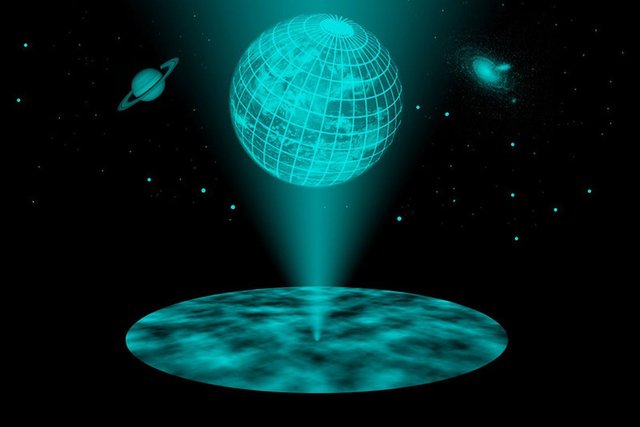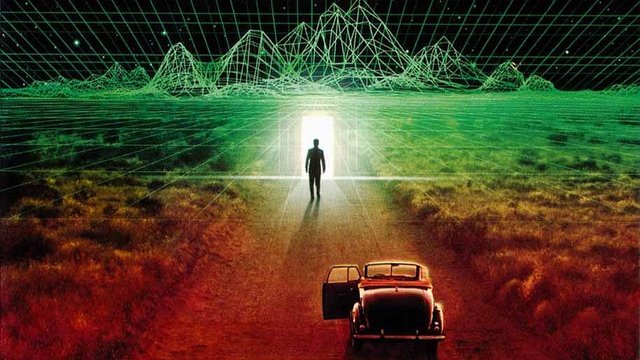What is the multiverse and how many types are there? - Part III

Source
Today we publish the 3rd and last part of the post related to multiverses describing the last 3 types of multiverse of the 9 announced in the first post.
7- Holographic Multiverse.
Holography is a technique that, using laser illumination, manages to generate three-dimensional images contained in a 2-dimensional flat surface, as you will have seen, for example, in the anagrams of some credit cards.
The holographic principle derived from superstring theory and postulated by physicists Gerard 't Hooft and Leo Susskind says that some very distant two-dimensional surface contains all the information necessary to define our universe.
This 2D information could be projected creating a 3D universe like ours. Although this may seem like a wacko, according to experts it would explain many of the mysteries that still worry scientists, for instance the loss of information in black holes.

Source
8- Simulated Multiverse
Can our universe be a SIMS-style computer simulation? This is what the Simulated Multiverse theory proposes, in which each universe contained in it is a simulation running on a supercomputer.
A priori this may seem a bit geeky but, if with current technologies virtual worlds can be created where the characters develop independently, it is a matter of time that the technology and power of (quantum) computers allow the simulation of universes for our entertainment.
Who knows if some civilization before ours has already achieved it and we are nothing more than a replica of the MATRIX that is being represented in all the pseudo cinemas of distant universes.

Source
9- Final Multiverse
All the previous possibilities would reflect scenarios in which to develop different versions of universes, but all of them more or less similar to ours with some variations but all the mathematical possibilities would still have to be defined.
Universes where the physical constants such as the masses of the particles, the cosmological constant, etc. take totally different values from those known.
Definitely crazy, but paper and mathematics can handle everything. If after all this you are still interested in the subject, I recommend the videos and books by authors such as Michio Kaku, Max Tegmark and especially Brian Greene who has excellent videos.


Versión en español